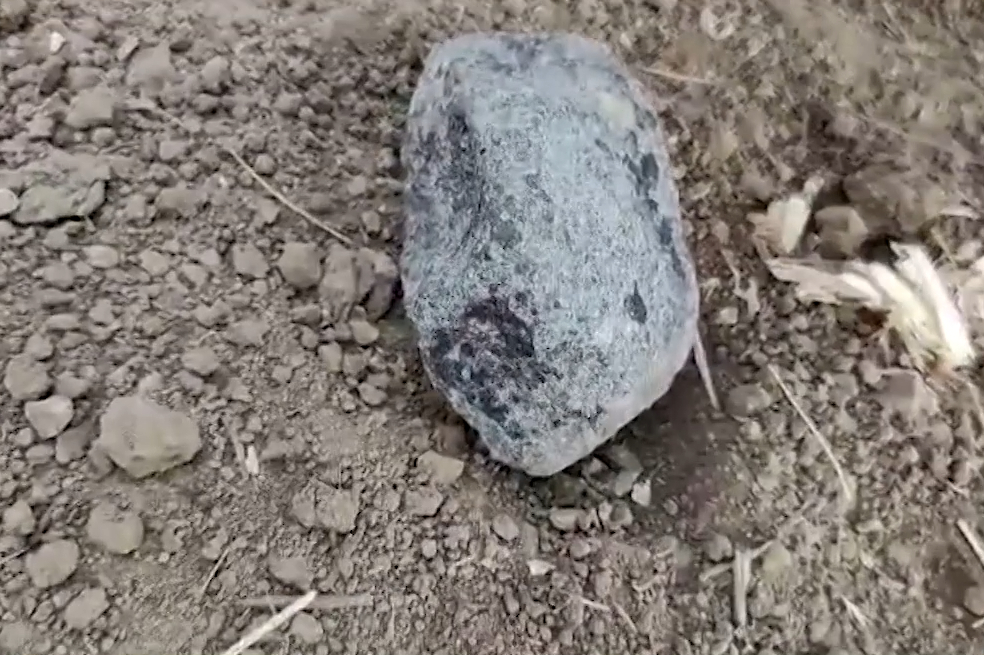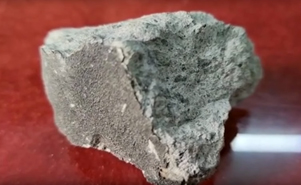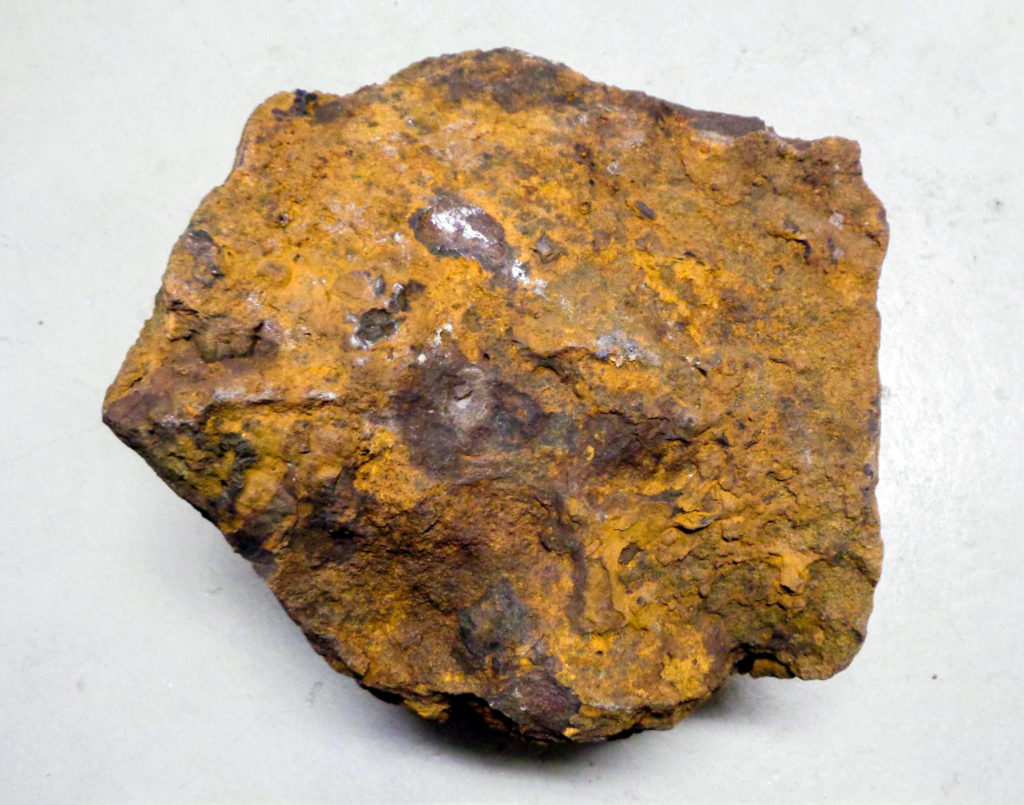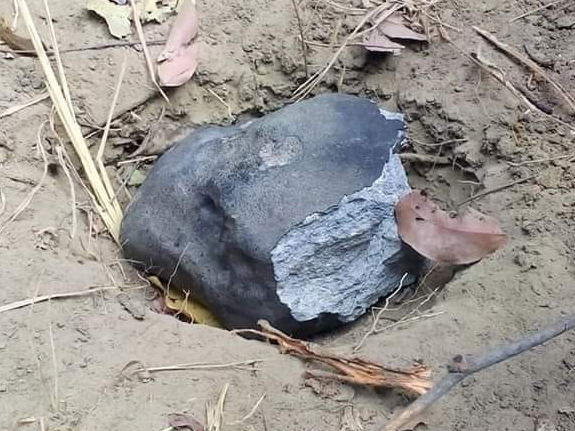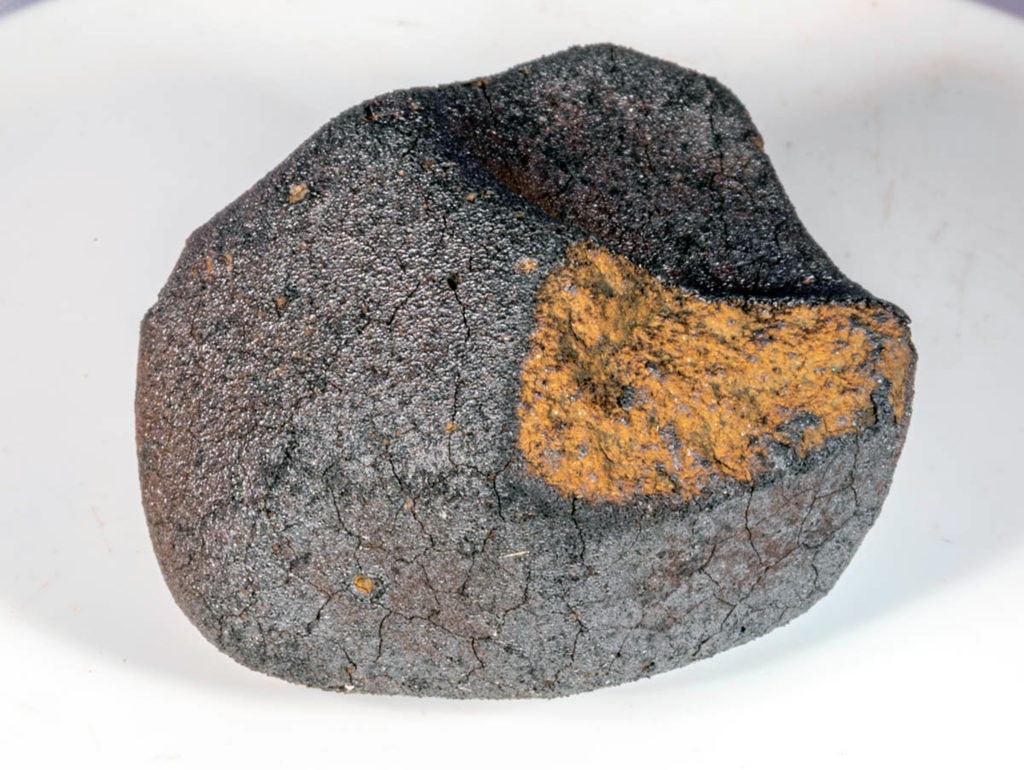Helium Diffusion Kinetics in Enstatite, Kamacite, and Albite, With Implications for the Cosmic Ray Exposure Ages of Enstatite (E) Chondrites
Moshammat Mijjum and Marissa M.Tremblay
ACS Earth and Space Chemistry, Publication Date (Web):July 1, 2025
“Cosmic ray exposure (CRE) ages are used to constrain the orbital and impact history of meteorites and identify their parent body or source region. CRE ages of enstatite (E) chondrites obtained from measurements of 3He are often much younger than 21Ne CRE ages measured in the same meteorite, which is often attributed to diffusive loss of 3He via solar heating during orbit. With knowledge of the diffusion kinetics of 3He in the major minerals making up E chondrites, we can leverage this discrepancy in CRE ages to infer a meteorite’s recent thermal history. To this end, we performed stepwise degassing experiments on fragments of albite, enstatite and kamacite, the dominant minerals in E chondrites, that were irradiated with protons to produce 3He. We find albite displays simple, Arrhenius-dependent 3He diffusion behavior, whereas enstatite and kamacite exhibit somewhat more complex diffusion behavior. We find that cosmogenic 3He will be readily lost from albite in the space environment, enstatite can exhibit significant 3He loss if exposed to high temperatures characteristic of low perihelion on million year time scales, and kamacite is highly retentive of 3He and unlikely to experience direct diffusive loss. These diffusion kinetics parameters can also be used to understand the exposure and thermal histories of other meteorite classes, terrestrial cosmogenic 3He applications, and mantle noble gas systematics.”


